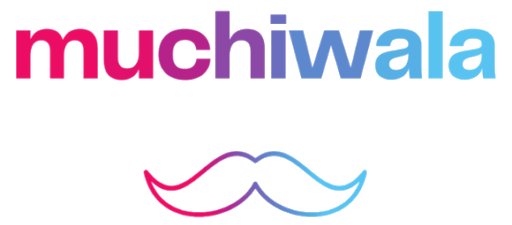On-Page SEO Best Practices: Optimizing Your Website for Search Engines
Introduction:
In the world of search engine optimization (SEO), on-page optimization plays a critical role in determining the visibility and ranking of your website in search engine results pages (SERPs). On-page SEO involves optimizing individual web pages to improve their relevance, authority, and overall performance in search engine rankings. In this blog post, we’ll explore the essential on-page SEO best practices that can help you optimize your website effectively and boost your organic search traffic.
Understanding On-Page SEO:
On-page SEO encompasses various techniques and strategies aimed at optimizing elements directly within your website’s pages to make them more search engine-friendly. This includes optimizing meta tags, content, internal linking, and technical aspects such as site speed and mobile-friendliness. By focusing on on-page optimization, you can improve your website’s visibility, attract more targeted traffic, and ultimately achieve higher rankings in search engine results.
Essential On-Page SEO Best Practices:
- Keyword Research and Optimization:
- Conduct thorough keyword research to identify relevant keywords and phrases that your target audience is searching for.
- Optimize your page titles, meta descriptions, headings, and content with targeted keywords to improve relevance and visibility.
- Use long-tail keywords and semantic variations to capture a wider range of search queries and attract more qualified traffic.
- High-Quality and Relevant Content:
- Create high-quality, informative, and engaging content that addresses the needs and interests of your target audience.
- Ensure that your content is well-structured, easy to read, and optimized for readability and comprehension.
- Incorporate targeted keywords naturally throughout your content, avoiding keyword stuffing or over-optimization.
- Optimized Meta Tags:
- Craft compelling and descriptive meta titles and meta descriptions that accurately reflect the content of your web pages.
- Keep meta titles under 60 characters and meta descriptions under 160 characters to ensure they display effectively in search results.
- Include relevant keywords in your meta tags to improve visibility and click-through rates.
- Optimized URL Structure:
- Use descriptive and SEO-friendly URLs that clearly convey the content and topic of your web pages.
- Include targeted keywords in your URLs, separating words with hyphens for readability and SEO benefit.
- Avoid using unnecessary parameters or dynamic URLs that can confuse search engines and users.
- Internal Linking and Site Structure:
- Implement a logical and organized site structure with clear navigation and hierarchical categories.
- Use internal linking to connect related pages within your website and distribute link equity throughout your site.
- Optimize anchor text for internal links to provide context and relevance to both users and search engines.
- Optimized Images and Multimedia:
- Optimize images for SEO by using descriptive file names, alt text, and captions that include relevant keywords.
- Compress images to reduce file size and improve page load times, enhancing user experience and SEO performance.
- Utilize image sitemaps and structured data markup to provide additional context to search engines and improve image search visibility.
- Mobile-Friendly and Responsive Design:
- Ensure that your website is optimized for mobile devices and provides a seamless user experience across all screen sizes.
- Use responsive design techniques to adapt your site’s layout and content dynamically based on the user’s device and viewport.
- Test your website’s mobile-friendliness using Google’s Mobile-Friendly Test and address any issues to improve search rankings and user satisfaction.
- Page Speed Optimization:
- Optimize your website’s loading speed by minimizing server response times, leveraging browser caching, and reducing unnecessary code and scripts.
- Compress CSS, JavaScript, and HTML files to reduce file sizes and improve page load times, enhancing user experience and SEO performance.
- Utilize tools like Google PageSpeed Insights and GTmetrix to identify and address performance issues that may impact search rankings and user engagement.
Conclusion:
On-page SEO is a fundamental aspect of optimizing your website for search engines and improving your organic search visibility. By implementing these on-page SEO best practices, you can enhance the relevance, authority, and overall performance of your web pages, leading to higher rankings, increased organic traffic, and improved user engagement. By focusing on optimizing individual elements within your website, you can create a strong foundation for SEO success and achieve your business goals in the competitive online landscape.

